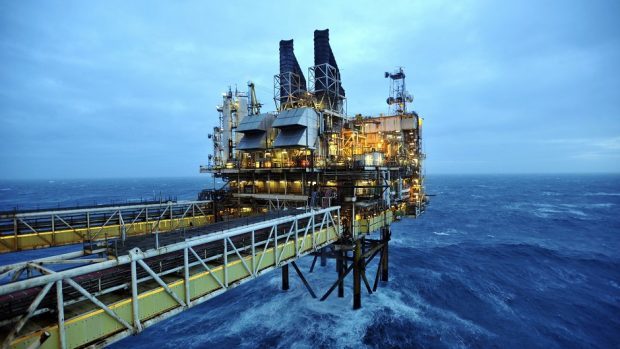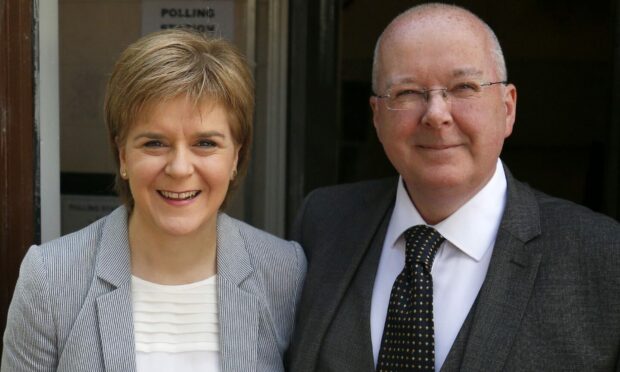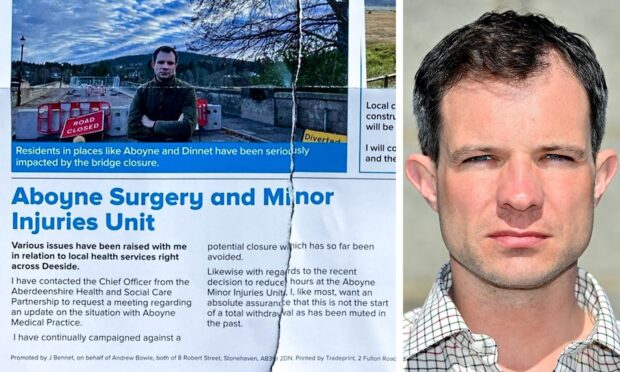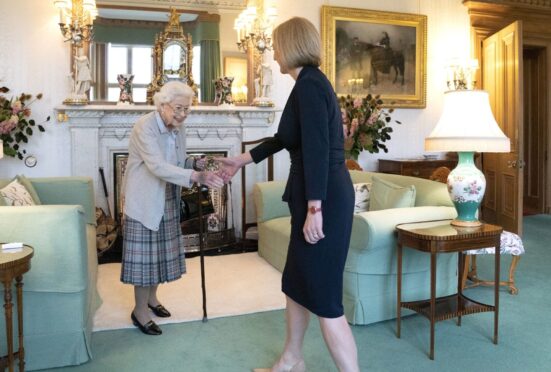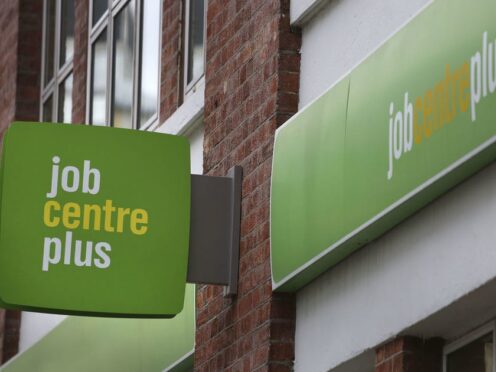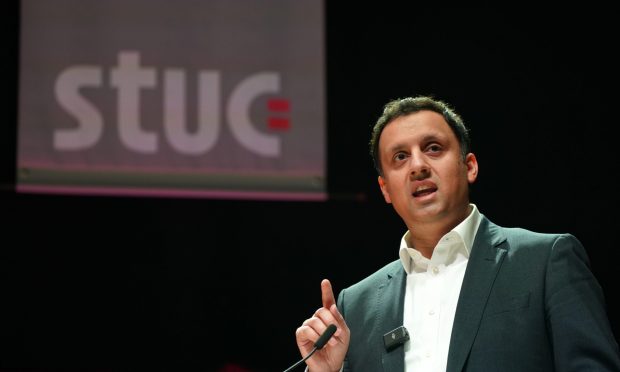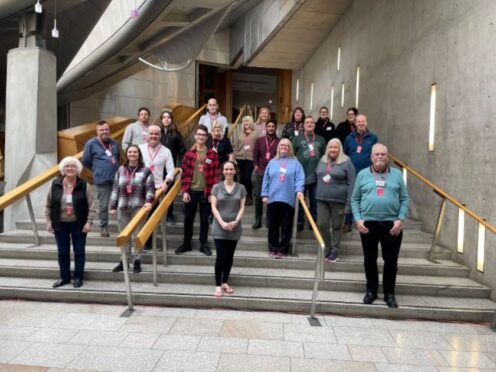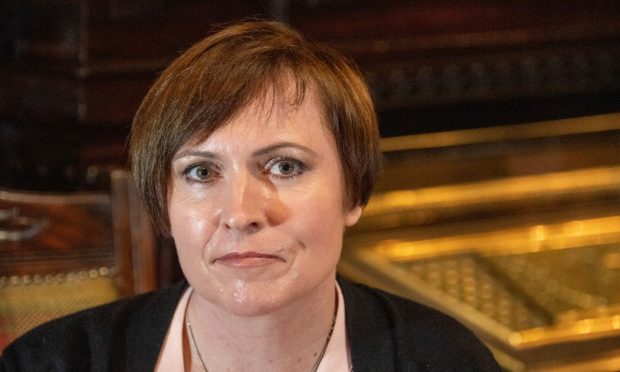Scotland’s oil revenues would have accounted for less than 10 hours of government spending last year.
Shocking new figures show that Scotland’s share of North Sea tax would have amounted to just £60million in 2015-16.
In the independence white paper, the Scottish Government said it hoped to generate just under £8billion in oil revenues.
Scotland’s geographical share of North Sea cash amounted to more than £9.5billion four years ago – but the oil price crash has caused it to dwindle to an estimated £60million, according to the Government Expenditure and Revenue Scotland (GERS) figures.
Last year, public sector expenditure north of the border amounted to £68.5billion – meaning oil revenues now account for less than 10 hours of government spending.
UK-wide oil revenues amounted to £72million last year.
First Minister Nicola Sturgeon said: “The lower oil price has, of course, reduced offshore revenues, with a corresponding impact on our fiscal position – this underlines the fact that Scotland’s challenge is to continue to grow our onshore economy.”
Finance Secretary Derek Mackay added: “These figures do highlight the challenges facing the oil industry.
“Muted global demand and a low oil price have clearly had an impact on offshore revenues – not just in Scotland – but we are doing all that we can within our powers to support the industry.”
The shocking figures have prompted fresh calls for the Scottish Government to allow fracking to diversify the energy sector.
The Scottish Conservatives’ Murdo Fraser said: “This is the strongest signal yet that Scotland must get ahead and explore the potential of shale extraction.
“The oil industry is going through an extremely tough time and, while there are measures being put in place to help it recover, we need to do something in the meantime.
“The only reason we’re not looking at fracking north of the border is because of the SNP and Labour’s political dogma.
“That is a disgrace, and as we can see from these statistics, it’s damaging Scotland’s economic prospects too.”
Professor Graeme Roy, director of Strathclyde University’s Fraser of Allander Institute, said the figures showed the need to “replace this lost revenue”.
He added: “The GERS figures show the harsh reality of the sharp decline in North Sea revenues on Scotland’s public finances.
“Just four years ago, North Sea revenues contributed nearly £10bn to Scotland’s revenues – this year that figure was just £60million.
“This is likely to be the new normal given the long-term outlook for the oil and gas sector.”
